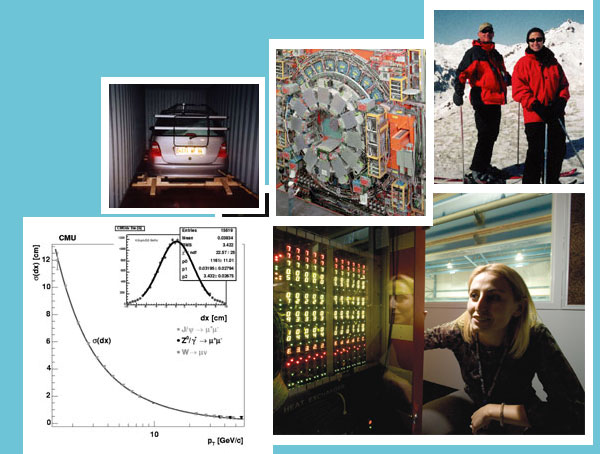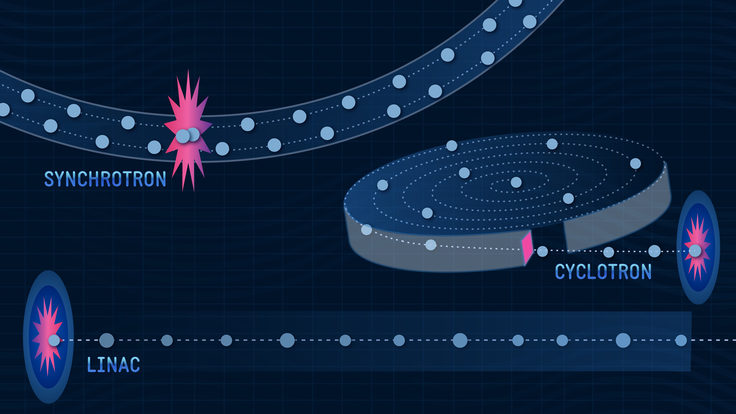Day in the life: Anyes Taffard
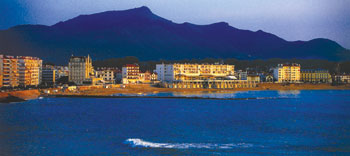 |
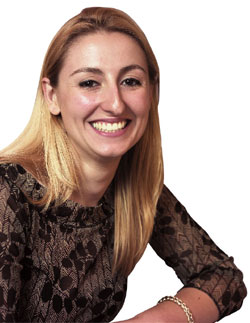 |
|
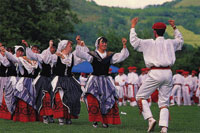 |
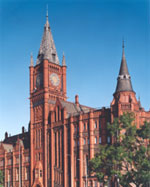 |
|
Fisikari. Physicienne. Physicist.
When her Basque grandmother—Amatxi—taught five-year-old Anyes Taffard the language of her ancestors, she overlooked the Basque term for physicist: fisikari. But by the time she was 12, growing up in the town of Saint-Jean-de-Luz on France's south Atlantic coast, Taffard was already drawn to mathematics and science. She was the first in her family with a gift for physics. Her father and mother run a shellfish business; an assistant pharmacist great-uncle was the closest anyone in her family had come to a scientific career. Teachers ("tough but good") at the Lycée St-Thomas d'Aquin challenged and encouraged her, and six months at CERN as an undergraduate gave her a taste for particle physics.
Then it was time to pack up the car and see more of the world. As a PhD student at the University of Liverpool, Taffard joined Fermilab's CDF experiment, supported by a fellowship from the UK's Particle Physics and Astronomy Research Council. She wrote her thesis on the search for supersymmetric "sparticles." But visa issues, already complex for foreign scientists, grew even more difficult after 9/11. To simplify matters, Taffard decided to join a US university. Amatxi's granddaughter, the fisikari, currently pursues research on top and antitop quarks (what's the Basque term for "antimatter"?) as a post-doc at the University of Illinois at Urbana Champaign.
|
|
| Photos: Reidar Hahn/Fermilab, University of Liverpool |
|
|



